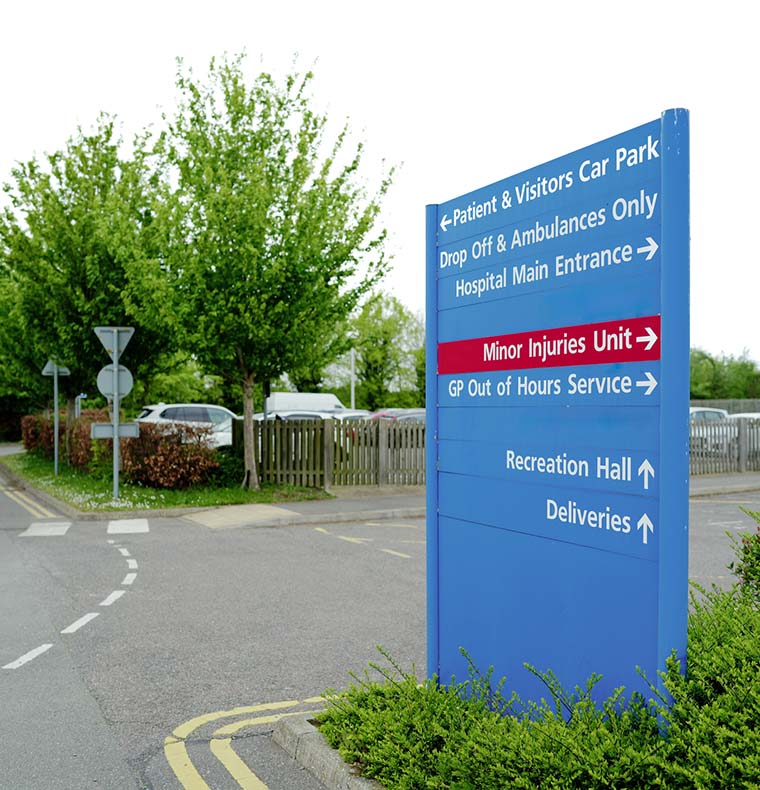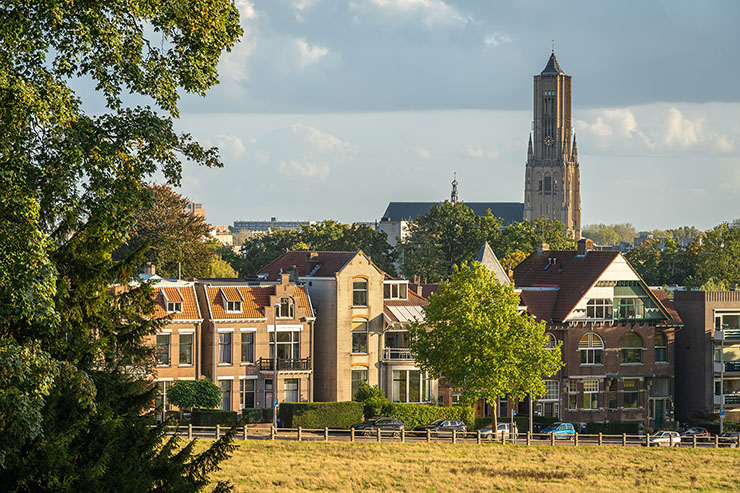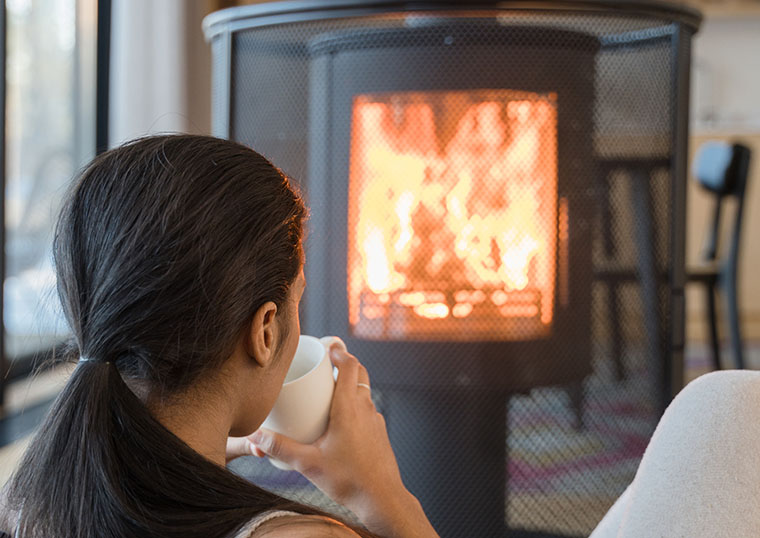A new report found that wood stoves and open fires in UK homes contribute to around 2,500 deaths and cost the National Health Service more than £54 million each year.
The analysis was commissioned by Global Action Plan—the organizers of Clean Air Night—and Hertfordshire County Council and conducted by Ricardo, a leading environmental consultancy.
The report notes that air pollution is the biggest environmental risk to public health in the UK, “with outdoor and indoor air pollution both shown to be drivers of serious and potentially fatal disease in children and adults.”
They point out that burning dry wood is “less dirty” than burning coal, “but is still significantly more polluting than alternative fuels such as gas, oil, and electric.”
In coverage of the report in The Guardian, environment journalist Damian Carrington stated:
About 95% of indoor burners used in the UK are fueled by wood, or wood plus coal, and most small particle pollution comes from wood burning. Even government approved ‘eco’ wood burners produce 450 times more pollution than gas heating, according to a report by England’s chief medical officer in 2022.
It was also noted that the economic findings in the report are in line with other research on the health-related costs of residential wood burning.
“There is no safe level of air pollution,” the report states. “Fine particulate matter released during combustion has the ability to penetrate deep into the lungs and bloodstream, affecting every organ in the body.”
According to Larissa Lockwood of Global Action Plan:
We all need to stay warm this winter, and we also need to think about the health impacts of our heating choices. An open fire or wood burning stove is the most polluting way to heat a home—air pollution from wood burning stoves is cutting lives short, putting people in hospital, and contributing to serious health conditions for people across the UK. It’s an uncomfortable fact, but the health burden of wood burning on the British public is simply too big to ignore.







